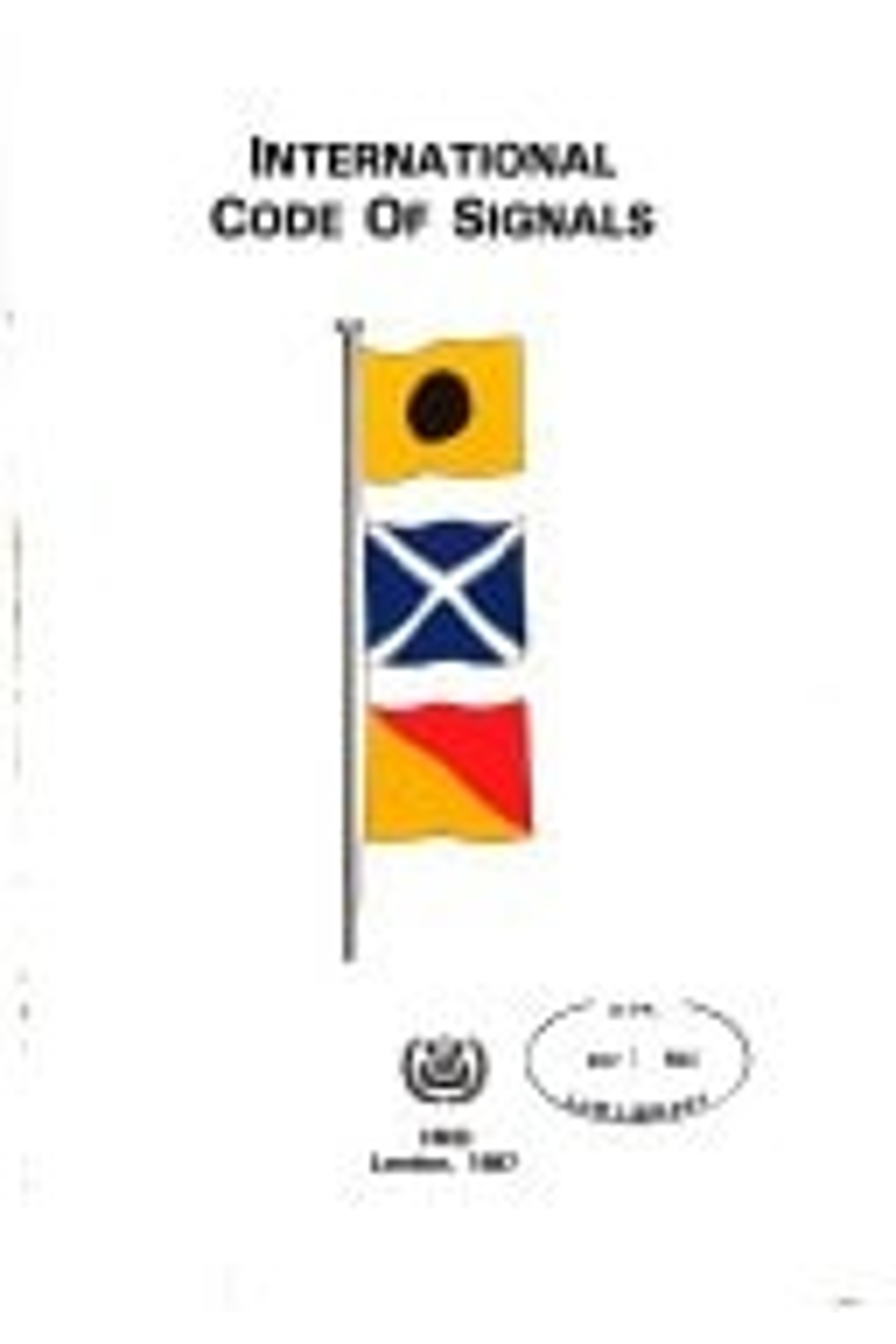The International Code of Signals (Revised Edition) is a vital reference for safe maritime communication, published by the IMO. This guide facilitates clear communication between vessels of different nationalities, overcoming language barriers in critical situations. It establishes a standardized alphabet and numerical system with corresponding flags and Morse code equivalents, enabling the transmission of essential messages related to navigation, distress, and more. The Code provides multilingual translations in nine languages (English, French, Italian, German, Japanese, Spanish, Norwegian, Russian, and Greek), ensuring a common understanding regardless of the sender’s or receiver’s native tongue. This revised edition incorporates procedural guidelines for initiating calls, formatting messages, and handling diverse scenarios. Essential for maritime professionals and enthusiasts, this paperback provides quick access to codes and signals vital for safety and efficient operation at sea. Keep your copy on hand to master essential codes such as using “November Charlie” to communicate distress.
International Code of Signals
20,82 $
In stock
“The purpose of the International Code of Signals is to provide ways and means of communication in situations related essentially to safety of navigation and persons, especially when language difficulties arise.”[1] It has done this by first establishing a standardized alphabet (the letters A to Z, and the ten digits), along with a spoken form of each letter (to avoiding confusing similar sounding letters, such as ‘b’, ‘p’, and ‘v’), and associating this alphabet with standardized flags. (See chart to the right.) Combinations of these alphanumeric characters are assigned as codes for various standardized messages. For instance, the master of a ship may wish to communicate with another ship, where his own radio may not be working, or the other ship’s call sign is not known, or the other ship may not be maintaining a radio watch. One simply raises the Kilo flag (see diagram at the top), or sends the Morse Code equivalent (dash-dot-dash) by flashing light; this has the assigned message of “I wish to communicate with you.” One of the elegant aspects of the ICS is that all of the standardized messages come in nine languages (English, French, Italian, German, Japanese, Spanish, Norwegian, and, since 1969, Russian and Greek). That the sender and receiver(s) are using different languages is immaterial; each language has a book with equivalent messages keyed to the same code. This is also useful in radiotelephony, or even when ships are within hailing distance, if there is no common a crewman on a burning ship yells “yuliett alfa vour”, and a vessel coming to their aid knows exactly what they “material for foam fire extinguishers” (that is, the foaming agent). (See for the German version of single-letter signals.) The code also covers procedural aspects (how to initiate a call, the format of a message, how to format date and time, etc.), how naval ships (which usually use their own codes) indicate they are using the ICS (by flying the co
| Authors | |
|---|---|
| Binding | |
| Condition | |
| ISBN-10 | 9280111841 |
| ISBN-13 | 9789280111842 |
| Language | |
| Pages | 175 |
| Publisher | |
| Year published | |
| Weight | 1000 |
| Edition | Revised |
Related products
- Additional information
- Currencies
- USD – United States dollar
- EUR – Euro
- GBP – Pound sterling
- CNY – Chinese yuan
- BRL – Brazilian real
- MXN – Mexican peso
- JPY – Japanese yen
- PHP – Philippine peso
- THB – Thai baht
- PLN – Polish złoty
- CAD – Canadian dollar
- MYR – Malaysian ringgit
- AUD – Australian dollar
- TWD – New Taiwan dollar
- CZK – Czech koruna
- SEK – Swedish krona
- HUF – Hungarian forint
- ILS – Israeli new shekel
- CHF – Swiss franc
- HKD – Hong Kong dollar
- DKK – Danish krone
- SGD – Singapore dollar
- NOK – Norwegian krone
- NZD – New Zealand dollar





